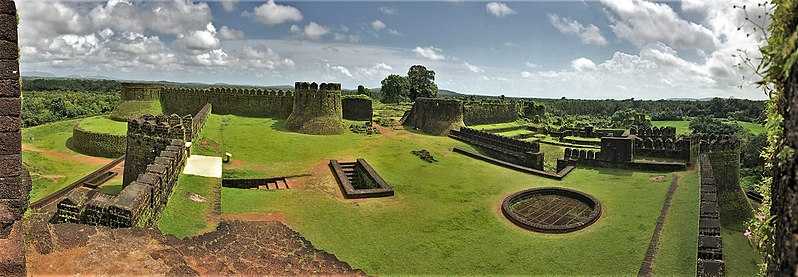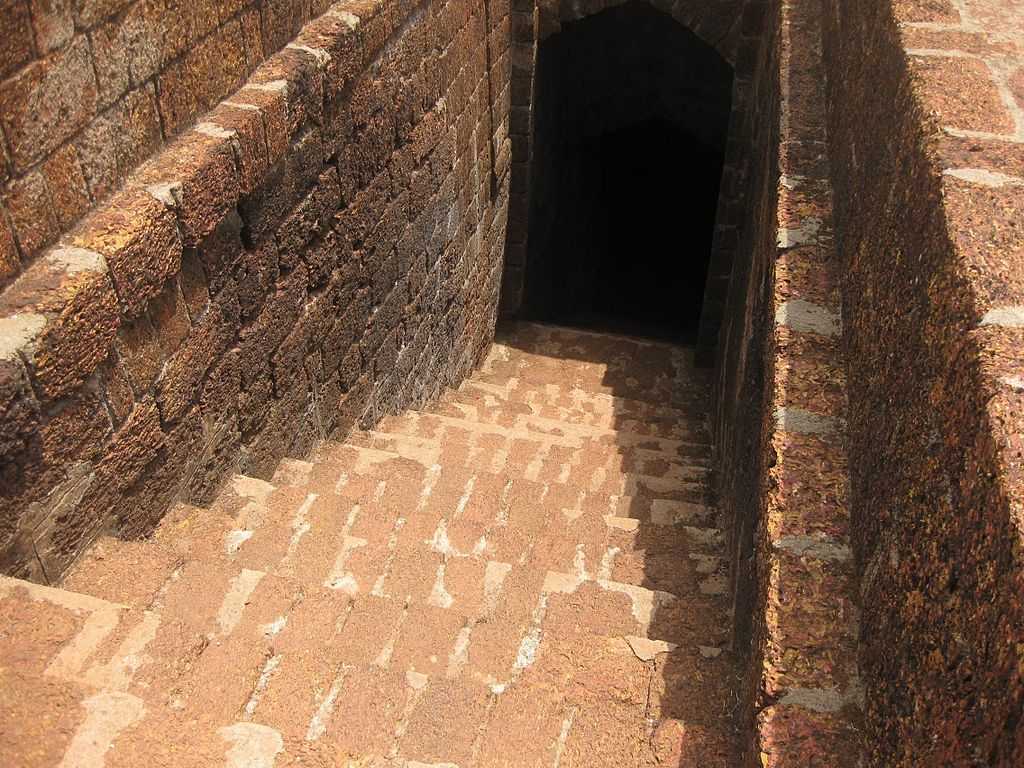Mirjan Fort
Weather :
Tags : Forts & Palaces
Timings : 9:00 AM - 5:00 PM
Time Required : 1-2 hrs
Entry Fee : No entry fee
Constructed in : 1608 A.D
Built By : Queen Chennabharadevi, Pepper Queen of India
Mirjan Fort, Kumta Overview
Located on the banks of River Aghanashini, Mirjan Fort is a royal reminder of our glorious history. It is situated about 11 km from the town of Kumta in Karnataka and is spread over an area of 4.1 hectares. The fort is also believed to be a site for many past battles in 16th and 17th Century and was functional till 1785. Later, the British captured this fort and used it for their armoury. It is embellished with remarkable architecture of the bygone era, such as canals, moats, secret passageways and various other considerations to fortify its grounds. The splendid fort truly gives the impression of a fairytale castle all covered with grass and overgrowth.
This time-tested building is constructed from locally available laterite stone. Legend says that this was one of the most important places for the Foreign trades in Spices with Dutch, Portuguese and British. It has been declared as a protected monument by the Archaeological Survey of India (ASI) and has gone through some recent renovations to improves its quality.
In the year 2001, several archaeological excavations were also conducted by the organisation that unearthed several laterite structures belonging to the medieval period. Other antiquarian findings such as gold coins attributed to Portuguese Viceroy Conde De Sarzedas have also been found along with cannon balls, Chinese porcelain, and clay tablets with Islamic inscriptions. It is believed that there was a hidden treasure in the fort complex that was later stolen by the Britishers. Nestled amidst the idyllic surrounding this historical monument is a lost gem in the tourism landscape of the country. Every year on independence day, Indian flag is hoisted on the fort.
Read More on Mirjan Fort
Architecture of Mirjan Fort

The high walls, watchtowers and bastions made it one of the most secure forts. There are four entrances (one main and three subsidiaries) and several interlinked wells access channels leading to the circular moat (probably used as a defence measure to protect the fort). The moat leads to the canal works outside the fort's limits and surrounds it completely. Escape gates are also constructed to make a quick getaway during enemy attacks.
A temple is also present in the premises under a tree. After the many battles fought, the fort is now mostly in ruins, which is being restored by the ASI to some extent. In the restoration work, northern bastion fortification has been refurbished with stones found in the area. The wild forest growth has also been cleaned up.
Best Time To Visit Mirjan Fort
History of Mirjan Fort

After the battle of Tallikota in 1565, when the territory was attacked by Bijapur Sultans, she shifted her power base from Mirjan to a safe location on an island in the middle of the Sharavathi River. She later converted to Jainism and constructed several Jain basadis. In 1757, the Marathas got control over the fort, and in 1784 it was seized by the British.
A different version narrates that the fort was built by Nawayath Sultanates in early 1200 A.D. and after that, it came under the Vijayanagara Empire.
According to another version of the fort's origin, it was built by a Bijapur noble Sherif-ul Mulk to serve as the first line of defence to protect the town of Kumta and the Kumta fort located to its south.
One more version narrates that Mirjan fort was under the control of the Vijayanagara Empire. Later, when the empire fell, Bijapur Sultans captured it and Sharief-ul-mulk, the erstwhile governor of Goa, refurbished it to his liking. In 1676, queen Chennamma of Kela died dynasty occupied this territory. In 1757, taking advantage of a local revolt and uproar, the marathas captured the fort and then in 1784, British government Major Torriano had captured it.
How To Reach Mirjan Fort
Top Hotels Near Mirjan Fort
Mirjan Fort Reviews

Have a Question on Mirjan Fort?

experience.